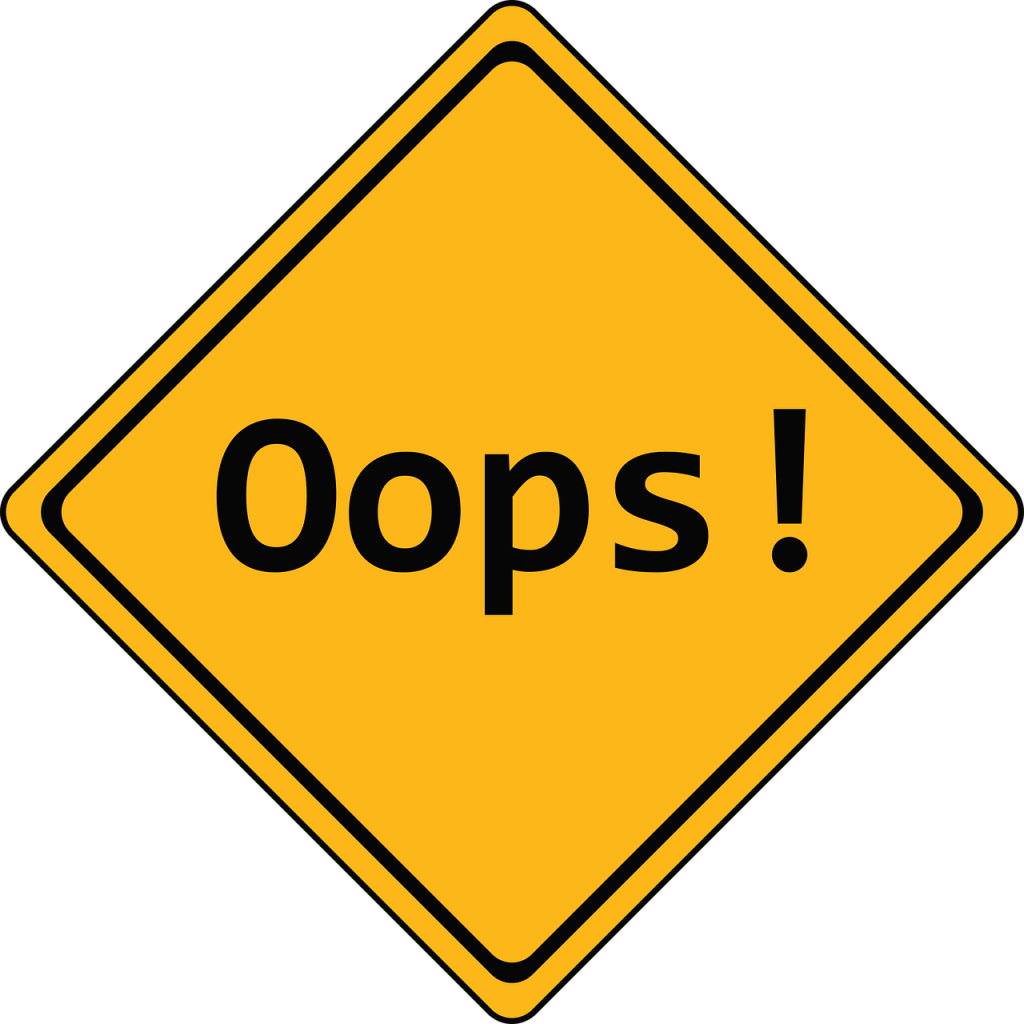
Do-it-yourself painting can be a way to save money on house painting. But you need to do your homework first. As you want the end result to look like a professional house painters job. Painting is a great way to give your home a face-uplift, and DIY painting is one way to achieve this. We always see the same common mistakes people make when undertaking the house painting themselves.
Most of these mistakes people make during the painting process are avoidable; all you need to do is to pay attention to the small details before starting the paint job and during the painting process.
Below find the DIY mistakes outlined by our experienced painters; they will help in your next DIY paint project.
1. Avoid Choosing the Wrong Colour
Did you know that most of the common painting mistakes happen before you start painting? One of them is picking the wrong colour; it is advisable to choose a paint colour based on a colour swatch. Most clients get frustrated when looking for the best colour. You visit the store and buy your preferred colour, but the final look differs from the colour you initially picked. Light plays a major part when looking at colours!
Always ask the paint store for a mix of the sample paint, take it home, and try it out. Paint experts will advise that you observe it in both artificial and natural light.
2. Over-brushing is not a Good Idea
When undertaking your interior painting on cabinets, doors, or any other woodwork, avoid too much brushwork. This strategy will help achieve the smoothest possible finish. After loading your brush, immediately cover the area with paint. After that, apply one or two strokes to level it off. Avoid brushing the same spot when the paint starts to dry off. That will only cause brush marks and ridges.
3. Extreme Temperatures
Extreme temperatures like Queensland summers or Melbournes winters are not the right atmosphere for any paint job. Avoid any exterior painting during the heat of the day or conversely a cold morning.
Painting on a hot surface is not a good idea; the paint will dry faster before spreading it evenly. Sometimes the colour can slough and bubble off. Always avoid the direct sun when painting and know the best time to paint your home.
4. Cover Everything before Spray Painting
When you decide on DIY, never underestimate the power of sprays from paint sprays and spray cans. Always cover everything with thin plastic. In case you are working outdoors, avoid spraying on a windy day. The spray may end up on the neighbour’s property.

5. Surface Prep
Before you start your DIY paint job, it is crucial to prepare your walls or ceilings. Remember to remove any flaking and peelings surfaces. Scrape any glossy surfaces before applying a fresh coat of paint. It ensures that you end up with an evenly painted surface. Avoid the mistake of painting on unprepared surfaces, and the result will be an uneven paint job.
6. Do not Use the Wrong Finish
When you choose the wrong paint sheen or gloss for your DIY, it will not deliver professional work no matter how good you are. Below are some tips to help avoid that:
When the surfaces are not perfect, avoid using any high sheen. That glossiness will only maximize the problem, and light-reflecting will bring out all the defects. In case you decide to use gloss sheen or semi-gloss, ensure that the surface is well prepared and smooth enough.
If you are using different sheens and the same colour, always label your cans. It will make your DIY easier and avoid any mistakes until the paint dries.
7. Avoid Rookie Mistakes
There are two common mistakes that rookie DIY make:
Leaving the lid off after opening the paint can; the main problem is that anyone can step on the lid and spill paint all over. The other reason to avoid leaving the lid off is to keep the paint clean and prevent it from drying out. You will prevent mixing colours up.
Always lock your pets; if you forget to, they may end knocking the paint cans or putting paintbrushes in their mouth. It is the best trick for any DIY project.
8. Avoiding having your Roller Touch the Floor
In case you are painting new walls before installing the skirting, always leave an unpainted strip that the skirting will cover. When you paint close to the floor, the roller might pick some dirt and spread it across the wall. When painting over any ceiling, test a small section. If the texture looks fine, you can continue with the painting on the whole ceiling.
9. Wash Your Brushes
After the DIY project, you will be exhausted, do not leave the brushes in the garage to clean them later; it is a bad idea. Protect your tools by washing the brushes immediately with water and dish detergent. Ensure you wrap the brushes in airtight aluminium foil or plastic wrap. After cleaning, store them in the original packaging to maintain their shape.







